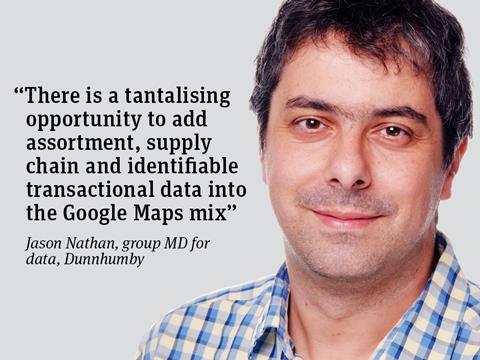
Google’s recent announcement on the commercialisation of the Google Maps service is, by a long way, the most public and explicit move into the use of geo-location data for marketing opportunities. The implications for many industries are significant, not least the grocery retail sector.
However, before considering what those implications are, it’s worth understanding what geo-location data really is and how it can be used to understand individuals.
There are effectively two sets of data: the “short-loop” and “long-loop” sets. The “short-loop” is the data that describes a moment in real-time – where you are right now, where you’ve just come from, how fast you are travelling, maybe even who you are with. This is the data that is used to determine what to present to the user (i.e. don’t show them something they are driving away from, as it’s already in the past).
The “long-loop” is the data gathered over a longer period of time, which can be used to form a set of dimensions about individuals. A lot of companies focus on drawing out ‘interests data’ from this: Mr A likes coffee shops, Mrs B enjoys libraries etc, and geo-location data is very powerful at doing that. However, the use pattern of Google Maps implies a much greater opportunity to understand individuals – where they work, live, who their friends are, how they travel and at what times.
Google Maps creates the opportunity to use both data sets together by displaying the businesses near you and the ones you are most likely to be interested in. And we know that individuals predominantly use Google Maps to plan (and optimise) journeys, to navigate in an area they don’t know or to find a restaurant or bar somewhere unfamiliar to them.
However, given that grocery retail – from a geo-location perspective – is relatively habitual, the opportunities for these retailers may seem more limited at first. Much has been written about the less frequent shop and the smaller basket, and while customers have been more fragmented in their choice of retailer and their frequency of purchase has reduced, they are still choosing from a fixed set of stores near their home or workplace.
Where the geo-location data could help, however, would be to remind individuals of those choices when Google can see that someone has drifted away from a specific store. Yet whether that is valuable enough for retailers to want to spend marketing budgets with Google Maps will need to be established.
Thinking further afield, there is also the tantalising opportunity to add assortment, supply chain and identifiable transactional data into the mix: helping customers to find products that they like elsewhere in their neighbourhood. They may know that Retailer A, B and C are within their decision set- meeting criteria that they have formed like proximity to their location – but they may not know that Retailer B carries the product they want and may be able to offer them a discount on that product. This would constitute a genuine new use case which also introduces the opportunity for brand funding, which could make this a more interesting and worthwhile proposition for grocery retailers.
Either way, the main hurdle Google will need to overcome is the perception of personal privacy invasion: if individuals feel they are being ‘tracked’, they may well be less open to using the service. Google’s monopolistic hold on the mapping industry is ripe for disruption and this move could be the trigger for it.
Jason Nathan is group managing director for data at Dunnhumby









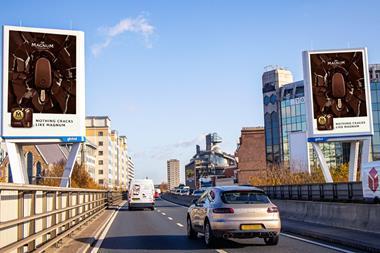

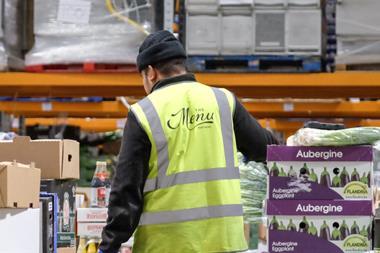

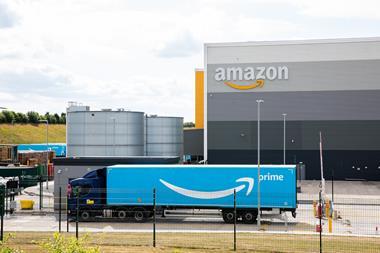


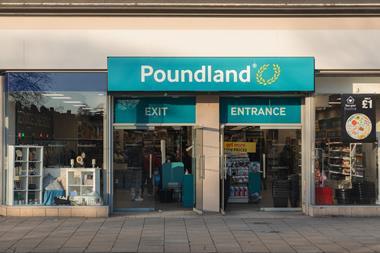


No comments yet